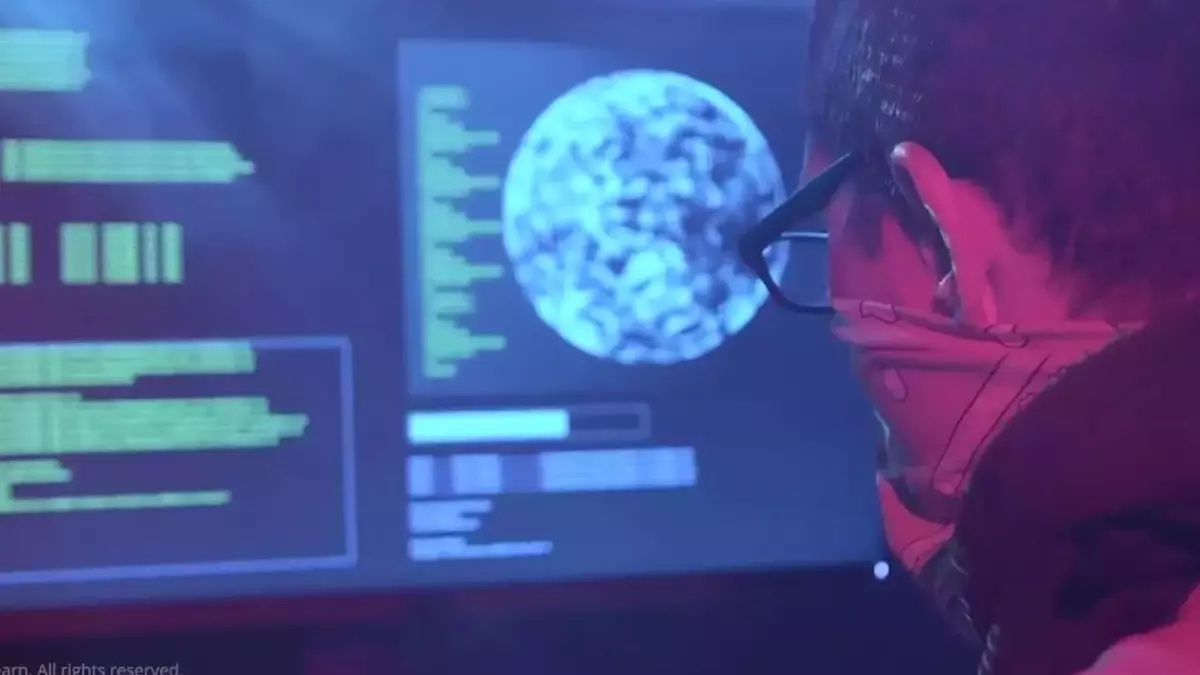
What is Data Leak?
Data leakage is a situation where sensitive or confidential information falls into the hands of unauthorized persons in violation of an organization's information security policies. This can damage the reputation of organizations and cause financial losses. Data leakage can often occur as a result of hackers, malicious employees, or carelessness. Data leak incidents may result in the disclosure of customer information, trade secrets, financial information or other sensitive data. This can damage the reputation of organizations and cause financial losses.
Alternative words that are curious about what data leakage is include expressions such as "data breach", "information leakage", "data security breach". Data leakage is a serious security issue that can damage organizations' reputation and cause financial losses. This may result in customer information being disclosed, trade secrets being compromised, or financial information falling into unauthorized hands. Therefore, organizations need to take effective security measures against the risk of data leakage.
What is Data Leak?
Data leakage means the unauthorized release of an organization's sensitive information. This information may include various types of data, such as customer data, financial information, company secrets, personnel information. Data leakage is usually carried out by malicious individuals or organizations with the aim of stealing information, blackmailing or engaging in other harmful activities.
In the event of a data leak, the organization's reputation is damaged, customer trust is shaken, legal problems may arise and financial losses may occur. Therefore, it is extremely important to take precautions against data leaks and keep security measures constantly updated.
How Does Data Leak Occur?
Data leaks often occur as a result of the activities of hackers, malicious content creators, or malicious employees within the organization. By exploiting weak network security, malware protection, or security vulnerabilities, hackers can infiltrate the system and access sensitive data. Malicious content creators usually try to capture users' data through fake websites, phishing e-mails or malicious software. Malicious employees within the organization can leak information outside without permission.
Additionally, other factors that can cause data leaks include insecure file sharing, use of weak passwords, unsecured network connections, and physical security vulnerabilities. For these reasons, organizations need to constantly update their security policies and provide regular security training to their staff.
Types of Data Leaks
Data leaks can occur in different ways and there are various types. For example, there are various types of data leaks such as data leaks by hackers, data leaks by malicious content creators, internal data leaks, and more. Additionally, types of data leaks may differ depending on the type of data leaked. For example, data leaks may occur in different categories such as customer data leak, financial data leak, health information leak.
In addition, data leaks can also be of different types depending on the method of obtaining the information. For example, data leaks can occur through different methods such as phishing attacks, malware attacks, and social engineering attacks.
Effects of Data Leakage
Data leaks have serious impacts on organizations. In the event of a data leak, the organization's reputation is damaged, customer trust is shaken, legal problems may arise and financial losses may occur. Additionally, organizations may face legal liabilities as a result of data leaks, which may cause serious financial and reputational losses.
In addition, customer trust may be shaken as a result of data leaks, which may affect the organization's revenues in the long run. Additionally, as a result of data leaks, organizations may lose their competitive advantage and lose power in the market. For these reasons, it is extremely important to take precautions against data leaks and keep security measures constantly updated.
Data Leak Prevention Methods
To prevent data leaks, organizations need to take various security measures. These measures include various technical measures such as the use of strong encryption techniques, secure network configuration, use of secure software and hardware, regular security updates, and the use of firewall and security software.
In addition, organizations should provide regular security training to their staff, constantly update their security policies and spread security awareness within the organization.
 Türkiye (Türkçe)
Türkiye (Türkçe) Worldwide (English)
Worldwide (English)